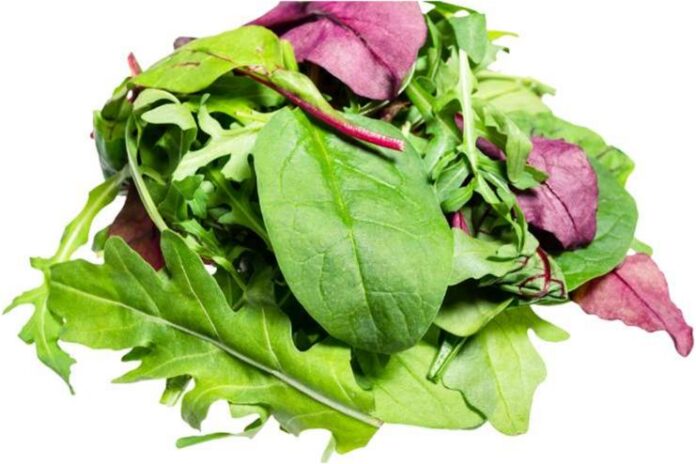Affiliate Disclaimer
Some links in this article are affiliate links. We may earn a small commission if you make a purchase through these links, at no extra cost to you. We only recommend products we find useful to our readersIron is a crucial component. It gives your body the energy to make red blood cells and fight off anemia. This vital mineral is more than simply a nutrient; it’s your key to long-lasting energy, improved concentration, and a healthier way of life. Fatigue, weakness, and pallor frequently take center stage when your body is iron deficient, upsetting your daily routine and general health.
However, what if increasing your iron consumption didn’t have to be a hassle? Presenting our iron-rich leafy green salad, a delectable symphony of flavors and textures that will satisfy your palate and feed your health. Let’s start with a dish that will make battling anemia as fun as enjoying your favorite food!
Understanding Anemia and Iron Deficiency
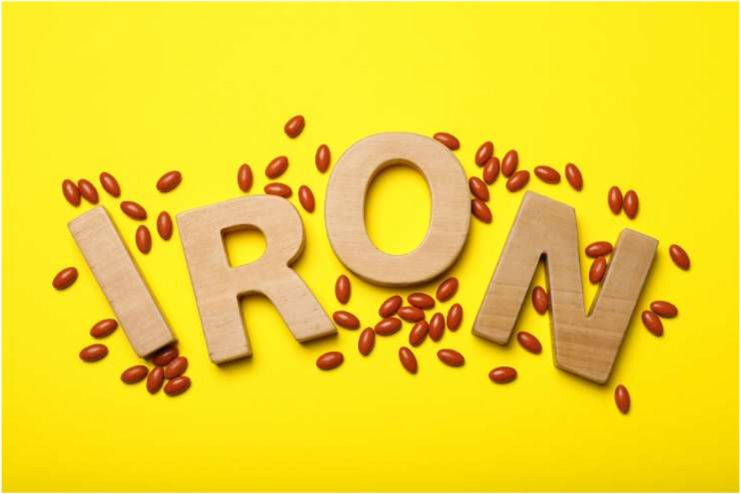
Iron deficiency anemia is a prevalent form of anemia in which the blood does not contain enough healthy red blood cells, which deliver oxygen to the body’s tissues.
As the name suggests, a lack of iron can cause iron deficiency anemia. If you don’t have enough iron, your body cannot make enough hemoglobin, a material in the red blood cells that allows them to carry oxygen. Iron deficiency anemia can, therefore, cause fatigue and breathlessness.
A lack of iron might make you crave things that aren’t food, like paper, ice, or dirt. All of these indicate iron-deficiency anemia.
The body absorbs only a tiny portion of the iron you consume, while the cells lining the gastrointestinal tract comprise the majority. Following its release into the bloodstream, the iron is transported to the liver by a protein known as transferrin.
The liver stores iron as ferritin, released when the bone marrow needs it to produce new red blood cells. After around 120 days in circulation, the spleen reabsorbs red blood cells when they can no longer function. The body can also recycle iron from these aged cells.
The age and sex of an individual determine their recommended daily amount (RDA) of iron.
A newborn under six months only needs 0.27 mg of iron per day, whereas a guy between 19 and 50 needs 8 mg, and a girl in the same age range needs 18 mg.
Read More: Did You Know That Diet Plays A Key Role In Anemia?
Iron-Deficit Anemia Symptoms and Signs
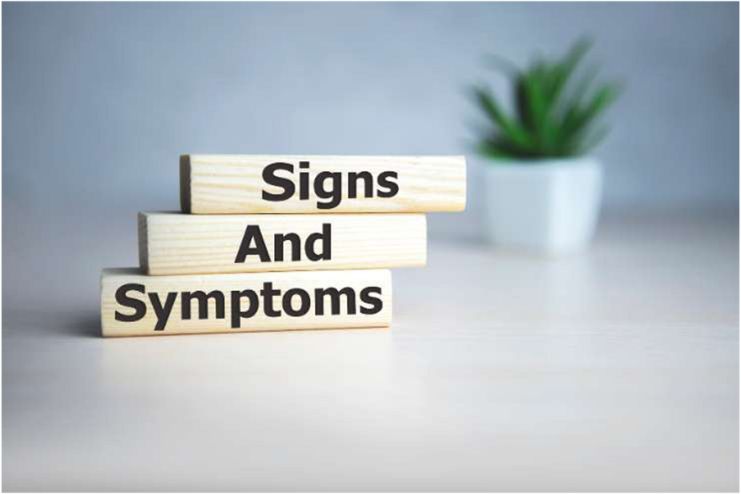
Iron deficiency anemia may be so mild initially that it is not recognized. However, the symptoms and indicators deteriorate as the body’s iron deficiency increases. The signs and symptoms of iron deficiency anemia which may include:
- Having yellow “sallow” skin or being pale.
- Unexplained exhaustion or low energy.
- Shortness of breath, racing heartbeat, or chest pain.
- Headache, lightheadedness, or vertigo.
- Fingernails and toenails in the shape of spoons.
- Headache, particularly while moving around.
- Strange desires for things that aren’t nutritious.
- Low appetite, particularly in young toddlers and babies with iron deficiency anemia.
Nutritional Power of Leafy Greens and Iron Sources
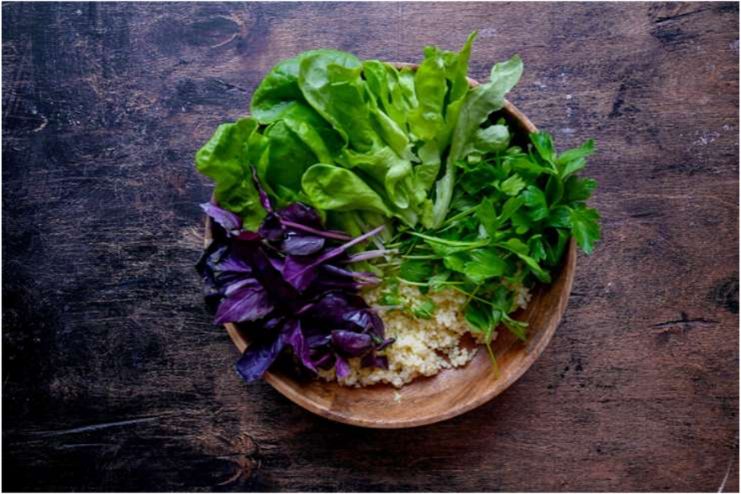
Leafy greens are nature’s ultimate powerhouses. They contain abundant nutrients that nourish your body and brighten your spirit. These colorful greens are nutritional superstars when it comes to iron.
Heme and non-heme iron are the two forms of iron found in food. Poultry, fish, and meat all contain heme iron. It is the type of iron that your body can absorb the most easily. Your body absorbs up to 30% of the heme iron you eat. Generally, consuming meat raises iron levels significantly more than ingesting non-heme iron.
Plant-based foods like spinach, kale, swiss chard, collard greens, fruits, vegetables, and nuts contain non-heme iron. Although your body won’t fully absorb the iron in non-heme iron foods, these foods still play a very vital role in a healthy, balanced diet. You absorb two to ten percent of the non-heme iron you eat.
Your body will absorb heme iron more fully if you eat it with meals with more non-heme iron. Vitamin C-rich foods like citrus fruits, tomatoes, red, yellow, and orange peppers can absorb non-heme iron.
Adding iron-rich plant-based proteins like chickpeas, quinoa, and lentils gives iron-rich salads a new dimension. For crunch and an added iron punch, add pumpkin or sunflower seeds. Even dried fruits, such as apricots or raisins, boost iron levels and offer a little flavor.
Read More: Potent Natural Cures and Remedies For Anemia For a Healthier Life
Recipe Ingredients and Preparation
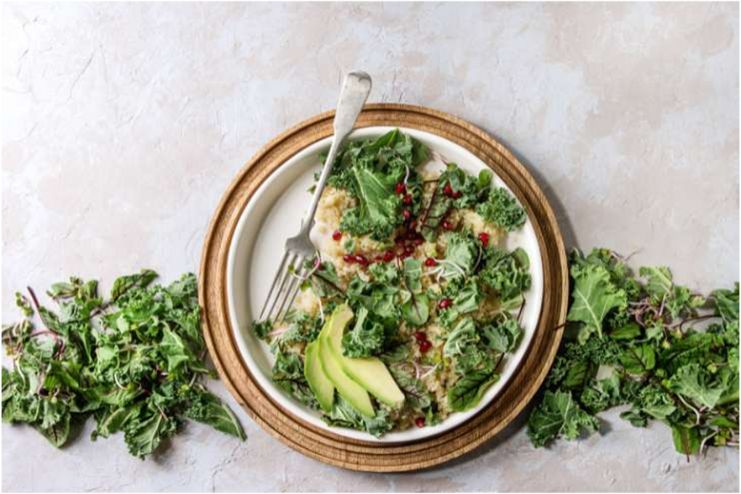
Prepare to make a colorful, high-iron, leafy green salad that is nourishing and delectable. This dish combines powerful components into a flavorful, harmonic masterpiece and is your secret weapon against anemia.
Ingredients:
- 2 cups fresh spinach
- 1 cup kale, finely chopped
- ½ cup cooked quinoa
- ¼ cup chickpeas, drained and rinsed
- 2 tbsp pumpkin seeds or sunflower seeds
- 1 medium avocado, sliced
- 1 small carrot, shredded
- 2 tbsp crumbled feta cheese (optional for a tangy twist)
Dressing:
- 2 tbsp olive oil
- 1 tbsp fresh lemon juice
- 1 tsp of honey (optional, for a touch of sweetness)
- Salt and pepper to taste
Preparation Steps:
- Thoroughly wash and pat dry the kale and spinach. Combine the two greens in a large mixing bowl, and chop the kale into bite-sized pieces.
- After rinsing half a cup of quinoa in cold water, cook it in one cup of water until it becomes fluffy, which should take around fifteen minutes. Let it cool before adding it to the salad.
- Over the leafy greens, arrange the cooked quinoa, chickpeas, and pumpkin seeds.
- Arrange the carrot shreds and avocado slices. Suppose using, top with feta cheese for a little extra tang.
- Mix the olive oil, lemon juice, honey (optional), salt, and pepper in a small bowl. Taste and adjust.
- Toss the salad gently to combine all the ingredients, bring out the zesty flavors, and then drizzle it with the dressing.
- After transferring it to a serving dish, enjoy this leafy green salad high in iron.
Read More: Savory Heart-Healthy Salmon Salad: A Nutritious Omega-3 Boost
Serving Suggestions and Variations
This leafy green salad, high in iron, is healthy and versatile. It is ideal for every occasion, whether as a main course, a light lunch, or a fabulous side dish. You may double or triple the recipe to accommodate a party or fill a large bowl with these colorful greens and substantial toppings for a single meal.
You can alter the salad to fit your nutritional requirements or taste for more variation without sacrificing its ability to combat anemia. Crunch for love? Add sliced almonds or replace the pumpkin seeds with sunflower seeds for a nutty flavor.
Do you like a fruitier vibe? Mix fresh orange slices or pomegranate arils with raisins to boost sweetness and vitamin C. This recipe can be made into a substantial dinner by adding protein-dense ingredients such as pan-seared tofu, grilled chicken, or boiled eggs.
Whatever your preferred method of serving it, this salad will always be a tasty and effective ally in the fight against anemia.
Anemia-Fighting Benefits
More than just a meal, this leafy green salad is a well-balanced tool in the fight against anemia. The iron-rich heroes, spinach and kale, offer a strong base of non-heme iron, and chickpeas and quinoa provide a protein-rich boost to restore iron stores efficiently. Pumpkin seeds bring essential nutrients like fiber and magnesium to the table.
This salad’s harmony is what gives it its real power. As a stimulant, the vitamin C in the lemon juice in the dressing improves iron absorption and ensures your body gets the most out of all the nutrients. A tasty and proactive method to support your iron levels and general health is to include foods like these in your diet.
Read More: Immune-Boosting Citrus Salad: Spinach, Berries, and Almonds Galore
Conclusion
Eating a well-balanced, iron-rich diet is the best way to fight anemia and regain energy. When you incorporate nutrient-dense foods like this leafy green salad into your meals, you’re not simply eating; you’re feeding your body from the ground up.
This salad is a delicious reminder that eating well can be tasty, easy, and efficient. Are you ready to start on your journey to better health? Try this leafy green salad that is high in iron! Try out the different versions and create your own.
References
- https://www.mayoclinic.org/diseases-conditions/iron-deficiency-anemia/symptoms-causes/syc-20355034
- https://www.hematology.org/education/patients/anemia/iron-deficiency
- https://my.clevelandclinic.org/health/diseases/22824-iron-deficiency-anemia
- https://www.mountsinai.org/health-library/diseases-conditions/iron-deficiency-anemia
- https://www.hopkinsmedicine.org/health/conditions-and-diseases/irondeficiency-anemia
- https://www.todaysdietitian.com/newarchives/1123p14.shtml
- https://my.klarity.health/leafy-green-vegetables-and-iron-absorption/
- https://carriecarvalho.com/easy-green-salad/
- https://totaste.com/recipe/simple-green-salad/
- https://nutritionstripped.com/simple-green-salad/
- https://www.nationwidechildrens.org/conditions/anemia-iron-deficiency
- https://www.jhah.com/en/news-events/news-articles/fight-anemia-and-power-up-with-iron-rich-food
- https://www.verywellhealth.com/treatments-for-iron-deficiency-anemia-3522500
- https://www.medicalnewstoday.com/articles/318096
- https://www.eatingwell.com/article/7921908/anemia-diet-plan-to-help-boost-iron-levels/
- https://ods.od.nih.gov/factsheets/Iron-HealthProfessional/
- https://www.medicalnewstoday.com/articles/322336#causes
In this Article

















